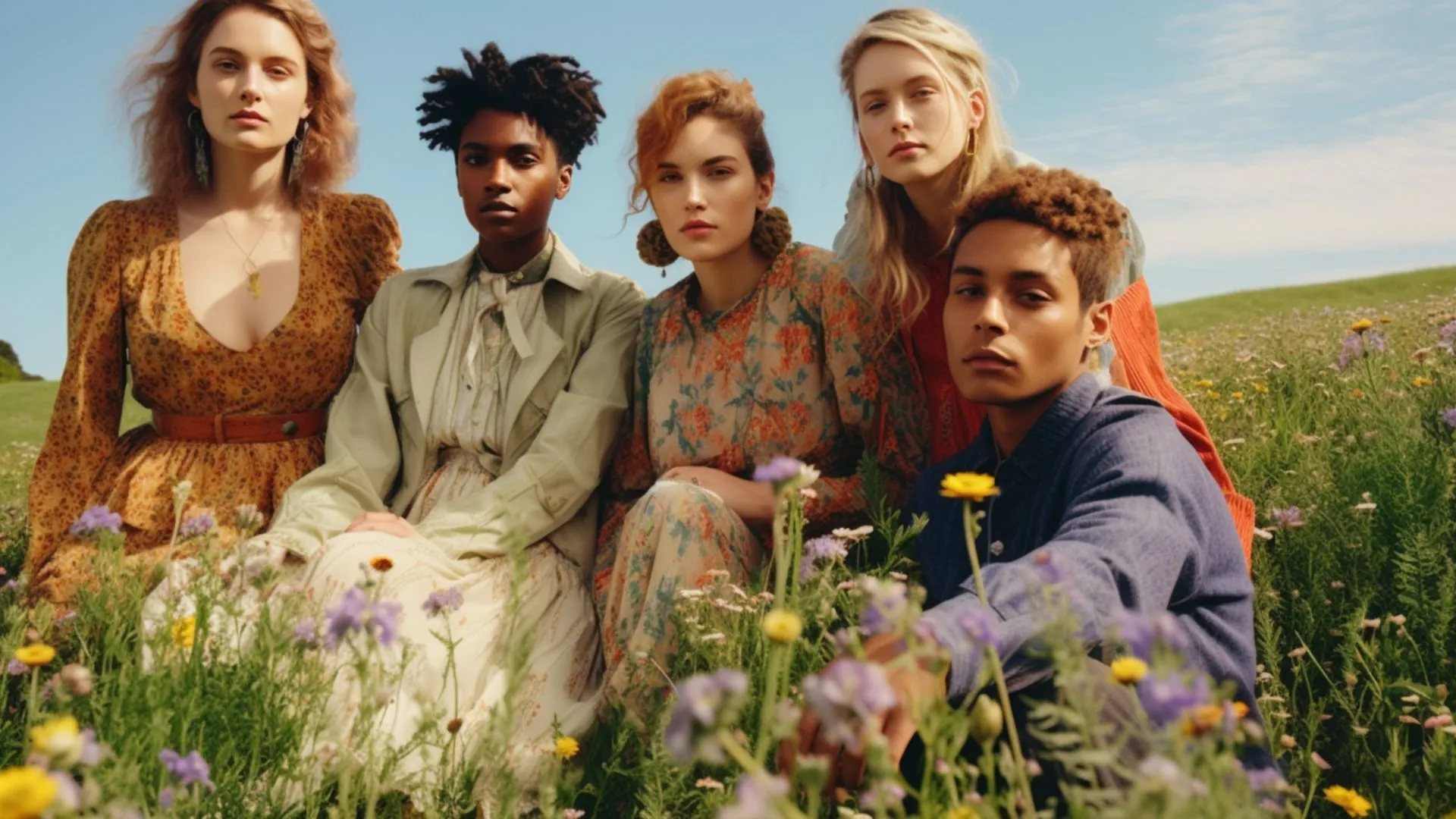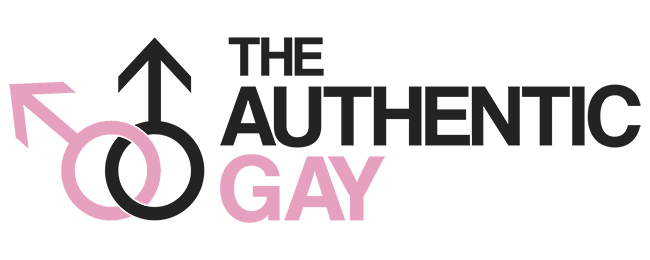What Does Pansexual Mean? A Detailed Guide

Recently, pansexuality has become more prominent due to celebrities such as Janelle Monae. But what exactly is meant by “pansexual”?
In essence, it refers to one’s sexual orientation that does not include gender preferences, similar to bisexuality, but goes further by accepting all genders equally. Contrast this with polyamory, which involves trying to ethically date or love multiple people at once. To help you further understand the meaning of pansexuality, we’ll explain it in this comprehensive guide.
What is the Definition of Pansexual?
Pansexuality is an orientation where individuals feel romantic and sexual attraction to people across the gender spectrum, encompassing cisgender, nonbinary, transgender, and more. For pansexuals, the essence of attraction often lies in personality rather than strictly gender. While some pansexuals might also resonate with terms like bisexual or queer, they often lean towards “pansexual” as it emphasizes inclusivity beyond the gender binary.
The term “pansexual” emerged between the 1960s and 1970s, setting it apart from bisexuality, which traditionally referred to attraction to multiple, but not necessarily all, genders. The preference for “pansexual” over “bisexual” for many is its broader inclusiveness, challenging rigid gender norms.
In recent times, several public figures have identified as pansexual, amplifying its visibility and helping others find resonance with the term. However, it’s vital to note that sexuality is a deeply individual journey. While there’s overlap between pansexuality and bisexuality, the core difference often lies in the scope of attraction: pansexuality’s all-encompassing nature versus bisexuality’s attraction to multiple genders.
Some non-pansexual individuals might view pansexuality as nothing more than a marketing buzzword designed to garner publicity for this sexual orientation. They might feel misrepresented by it and that others’ expectations of them define who they are.
Other people who aren’t pansexual find that the word is more accurate. “Pan” stands for all, helping clarify that someone is attracted to people regardless of gender. Additionally, this term makes it easier for others to understand than other terms, such as omnisexual or polysexual, which could potentially cause confusion.
Who are Pansexual Individuals Attracted to?
Someone who identifies as pansexual can find romantic or sexual attraction across gender spectrums; this could include women and men of both gender identities as well as cisgender and noncisgender individuals of all ages. People who identify as pansexual may even find themselves drawn towards animals or inanimate objects. However, this term only refers to attraction due to gender identity versus polyamory, which involves multiple intimate relationships in one go with consent from all parties involved.
Some individuals identifying as pansexual may use the term to define their sexuality. In contrast, others simply use it to distinguish themselves from bisexuals or communicate their emotions more precisely. While some might use bisexual and pansexual interchangeably, it’s important to remember that everyone’s sexuality is their own, and they have every right to label themselves however they see fit.
As more celebrities and cultural influencers come out as pansexual, visibility for this sexual minority increases, and language about it advances. But coming out can still be challenging, and taking that first step can be intimidating, no matter who’s making the announcement or their status in society.
Reminding oneself that sexual, romantic, and gender identities are personal should never be compared with anyone else’s. There are various LGBTQ+ and ally resources online that may assist those needing support, like The Trevor Project’s guides on navigating coming out and LGBTQIA+ ally training programs.
Another misconception surrounding people who identify as pansexual is the assumption they will automatically embrace polyamory or wish to date or love multiple people at the same time ethically. While many pansexual people do identify as polyamorous, this orientation doesn’t obligate anyone to date numerous individuals at once ethically. Furthermore, just because someone identifies as pansexual does not mean they will find everyone attractive; attraction remains subjective, and individuals must decide who attracts them most and establish healthy and supportive relationships between them and themselves.
Understanding Pansexuality vs Other Sexual Orientations
While pansexuality and omnisexuality are sometimes used synonymously, both signify attraction that isn’t limited by gender identity. However, nuances exist. Bisexuality typically refers to attraction to multiple genders, whereas pansexuality is more encompassing, recognizing nonbinary and a myriad of other gender identities.
It’s also crucial to differentiate bisexuality from polysexuality. The latter pertains to engaging in multiple consensual intimate relationships simultaneously. Sexuality is fluid and can evolve throughout one’s life. As individuals journey through various life stages, their understanding of their sexuality might shift, reflecting new insights or identities.
Everyone deserves to feel affirmed in their chosen sexual orientation and associated gender identities. While pansexuality might seem like a contemporary term, its roots run deep. Its prominence in today’s discourse is a testament to the growing acceptance of LGBTQ+ identities and the wealth of information available online.
Some gravitate towards “pansexuality” over “bisexuality” because it feels more representative of their experiences. Given that “pan” translates to “all,” it’s seen by some as more inclusive than bisexuality, which can be misconstrued as attraction limited to two genders.
The reasons behind someone’s identification as pansexual are manifold. It’s paramount to approach relationships with understanding and respect, recognizing that partners might identify differently and ensuring a supportive environment for such discussions.
There are various LGBTQ+ community organizations and support groups available both online and offline. Some of these groups offer workshops or other events designed to help members explore or discover their sexualities more fully, depending on where a person resides. There may also be Pride events or LGBTQ+ community centers nearby that can provide more information and assistance.
How Pansexual Individuals Can Find Support
As far as sexual orientation goes, there’s no single right time or place for you to explore and label yourself. Just make sure your loved ones support any changes you make. Therapy may be a great place to begin if you’re having difficulty discovering who you are.
Many celebrities have used their platforms to come out as pansexual, providing visibility and language for this often misunderstood community. Emily Hampshire from “Schitt’s Creek” credits watching an episode starring Dan Levy as helping her realize she was pansexual, giving her greater self-awareness while making her feel liberated from oppressive social pressures.
JoJo Siwa, an Internet sensation known for both reality TV and YouTube videos, also self-identifies as pansexual, although she remains reluctant to label it. She prefers using pansexual over bisexual, as the former perpetuates a gender binary and excludes transgender and non-binary people.
Since more people are coming out as pansexual, having an understanding network of family and friends to assist you is increasingly essential. If people in your life do not comprehend, discuss it with them by explaining you are attracted to all genders.
Locate LGBTQIA+ support groups as another resource; these provide an ideal place for finding people who understand your experiences. For instance, The Bi-Pan Library maintains an online directory of community-based resources, which you may find beneficial.
